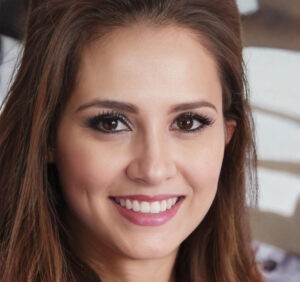
which statement describes a substance-free lifestyle?
SubstanceFree Lifestyle
Living a substancefree lifestyle involves making conscious choices to abstain from the use of alcohol, drugs, and other addictive substances. This decision can be motivated by various factors, such as health concerns, personal beliefs, or a desire for mental clarity. Which statement describes a substancefree lifestyle? It is about embracing a lifestyle that prioritizes wellbeing and making healthier choices.
Benefits of a SubstanceFree Lifestyle
Improved Physical Health: By avoiding substances that can harm the body, individuals may experience better overall health, including improved organ function and a reduced risk of chronic illnesses. Enhanced Mental Clarity: Remaining free from substances can lead to greater mental focus, increased productivity, and a sharper cognitive function. Emotional Stability: A substancefree lifestyle can help individuals regulate their emotions more effectively and experience greater emotional resilience. Financial Savings: Abstaining from purchasing alcohol or drugs can result in significant cost savings over time, enabling individuals to allocate their resources towards other priorities. Stronger Relationships: Eliminating substances from one’s life can lead to more meaningful and authentic connections with others, as well as the ability to maintain healthier interpersonal relationships.
Strategies for Maintaining a SubstanceFree Lifestyle
Establishing Support Systems: Surrounding oneself with individuals who respect and support the decision to live substancefree can provide encouragement and accountability. Engaging in Healthy Activities: Finding alternative activities that bring joy and fulfillment can help replace the void left by the absence of substances, such as participating in sports, hobbies, or volunteer work. Practicing Mindfulness: Developing mindfulness practices, such as meditation or deep breathing exercises, can enhance selfawareness and promote resilience in the face of cravings or triggers. Setting Clear Boundaries: Establishing clear boundaries with others regarding substance use can help prevent relapse and reinforce commitment to a substancefree lifestyle. Seeking Professional Help: Individuals struggling to maintain a substancefree lifestyle may benefit from seeking support from therapists, counselors, or support groups specialized in addiction recovery.
Overcoming Challenges in a SubstanceFree Lifestyle
Dealing with Peer Pressure: Resisting societal norms or peer pressure to partake in substance use can be challenging but setting firm boundaries and communicating assertively can help navigate such situations. Managing Triggers: Identifying and managing triggers that may tempt individuals to use substances is crucial in maintaining a substancefree lifestyle. Developing coping strategies and seeking support can aid in effectively handling triggers. Coping with Cravings: Implementing healthy coping mechanisms to address cravings, such as engaging in physical activity, talking to a supportive friend, or practicing relaxation techniques, can help individuals resist the urge to relapse. Addressing Underlying Issues: Addressing underlying emotional or psychological issues that may contribute to substance use is essential for longterm success in maintaining a substancefree lifestyle. Seeking professional help to work through these issues can be instrumental in overcoming challenges.
In conclusion, choosing a substancefree lifestyle is a significant decision that can positively impact various aspects of one’s life. By prioritizing health, wellbeing, and personal growth, individuals can cultivate a fulfilling and rewarding lifestyle free from the confines of addictive substances.
 Mattie Hubbard is a distinguished figure in the field of sustainable agriculture, known for her innovative approaches to environmentally friendly farming practices. With a deep-rooted passion for the earth and a commitment to ecological balance, Mattie has become a leading voice in promoting sustainable methods that benefit both the environment and the farming community. Her work often involves integrating traditional agricultural knowledge with modern techniques to create systems that are both productive and sustainable.
Mattie Hubbard is a distinguished figure in the field of sustainable agriculture, known for her innovative approaches to environmentally friendly farming practices. With a deep-rooted passion for the earth and a commitment to ecological balance, Mattie has become a leading voice in promoting sustainable methods that benefit both the environment and the farming community. Her work often involves integrating traditional agricultural knowledge with modern techniques to create systems that are both productive and sustainable.
